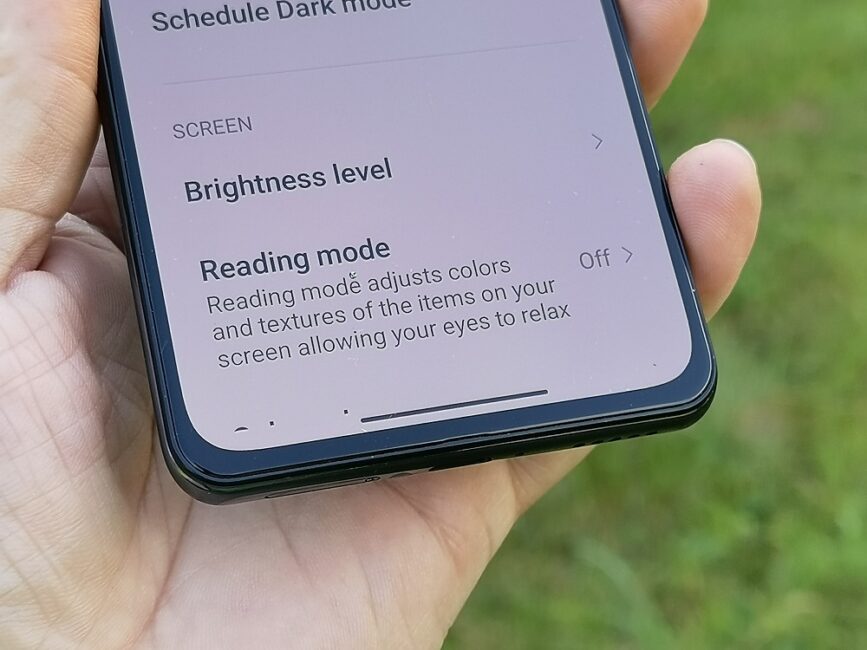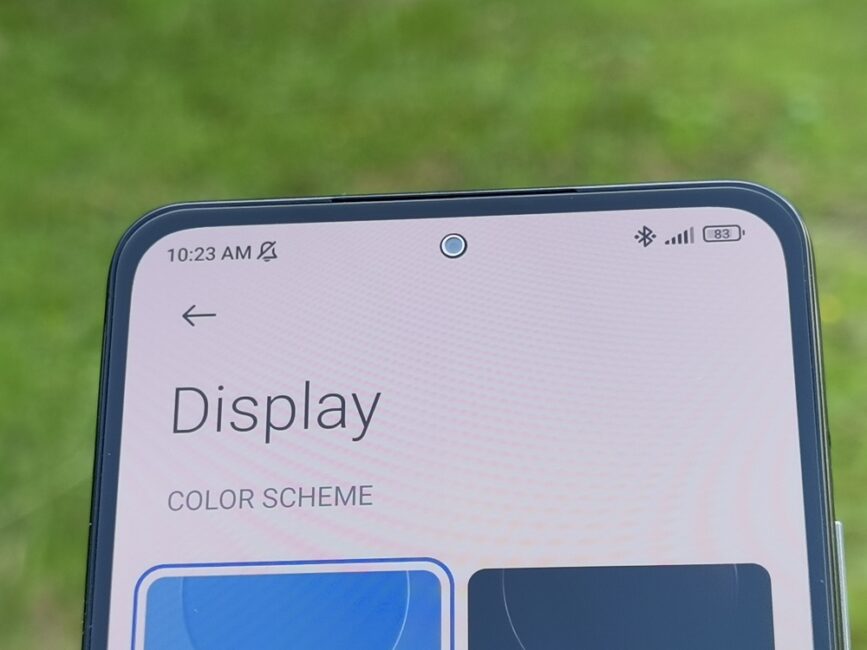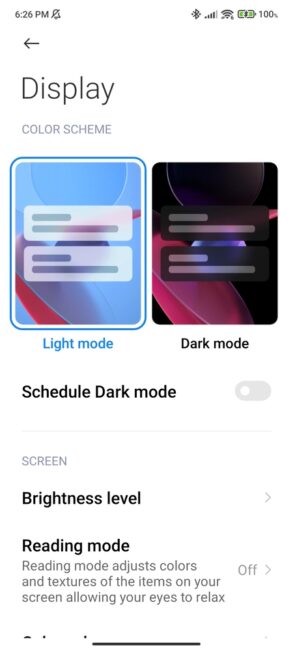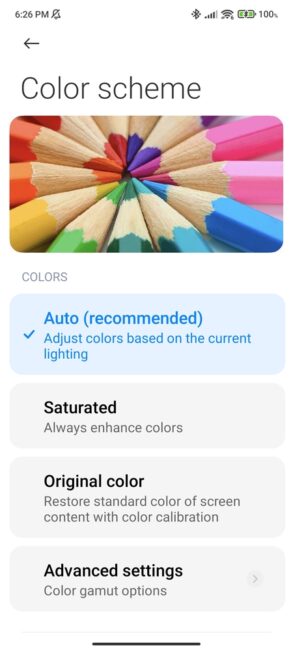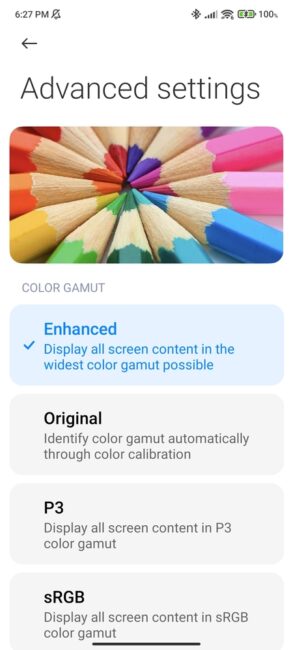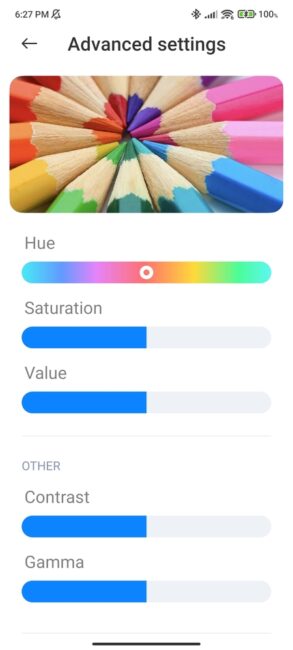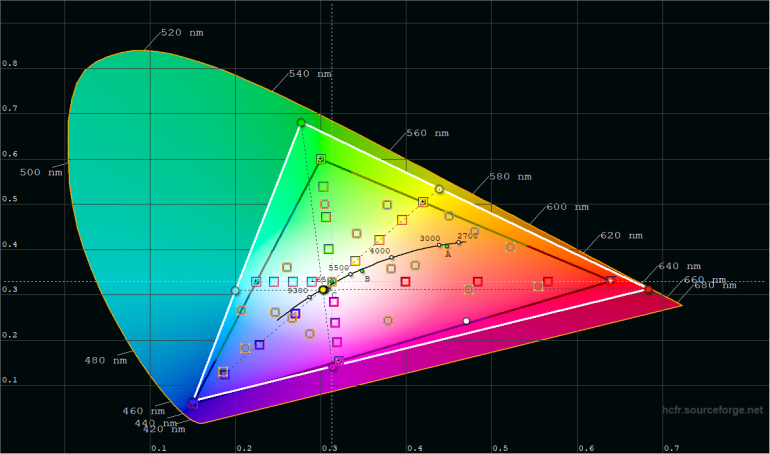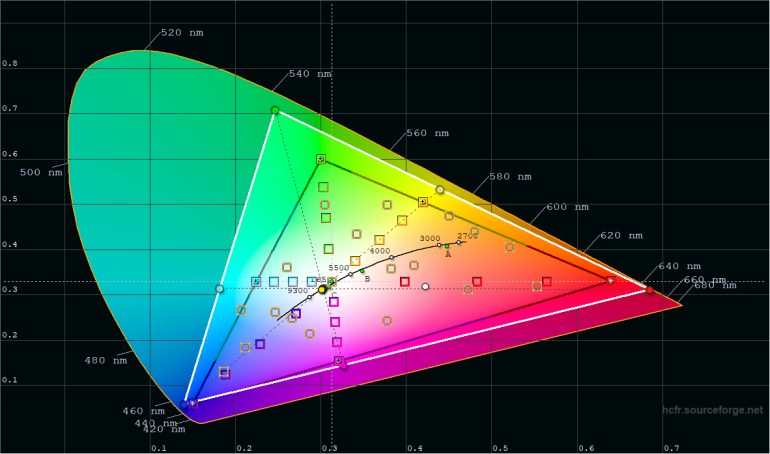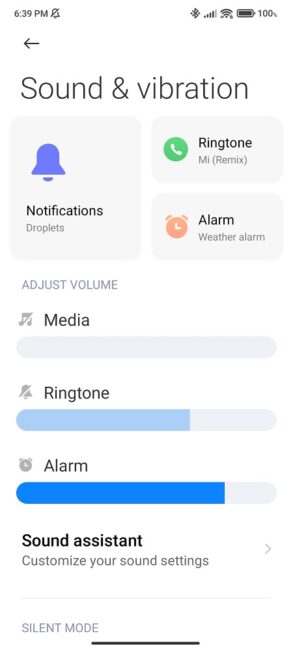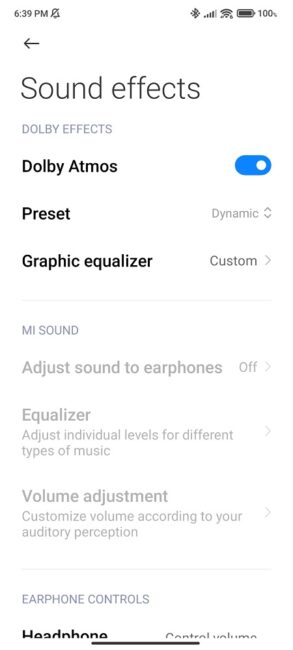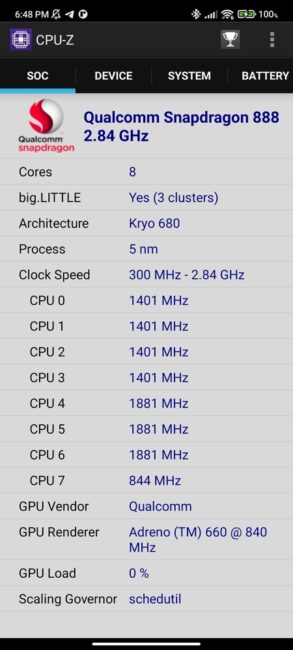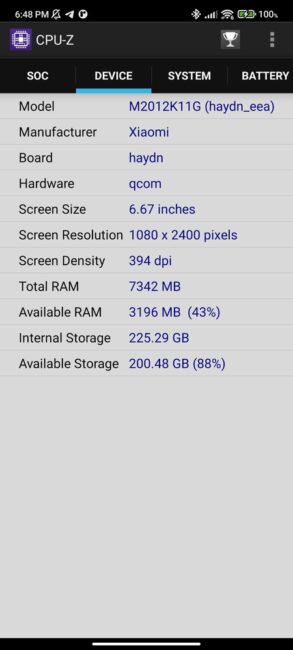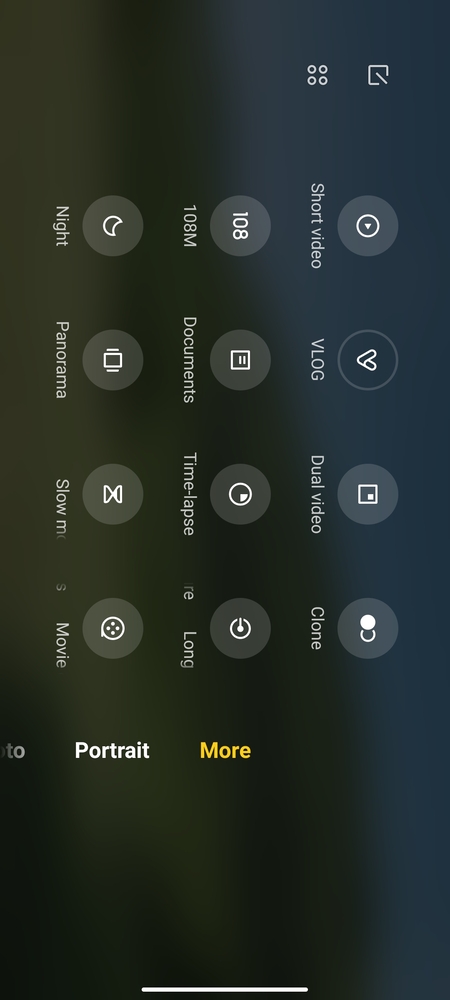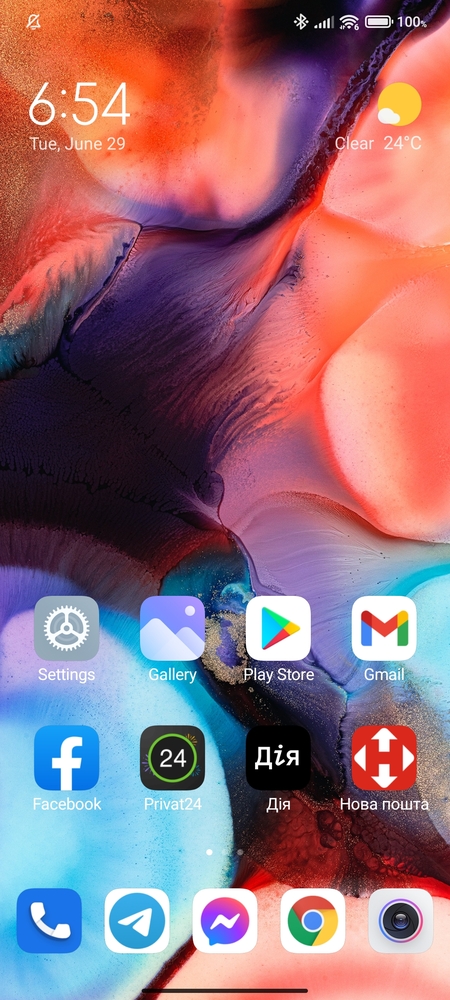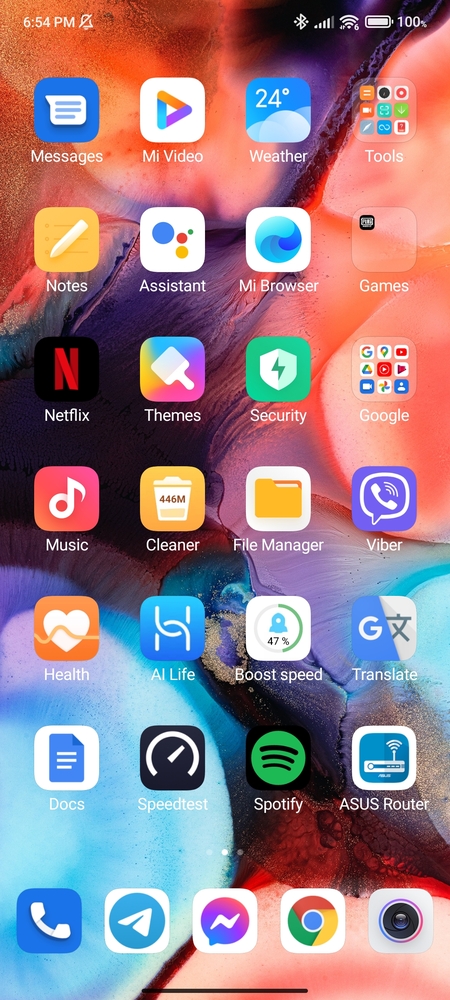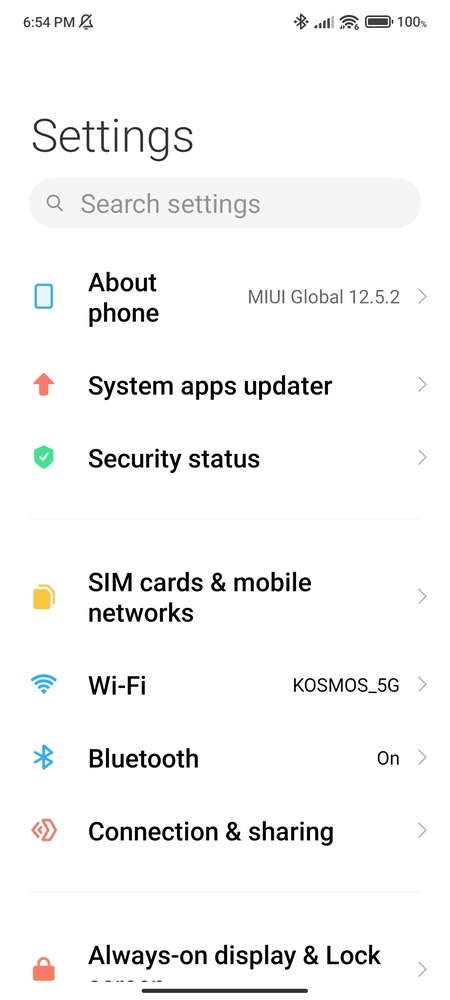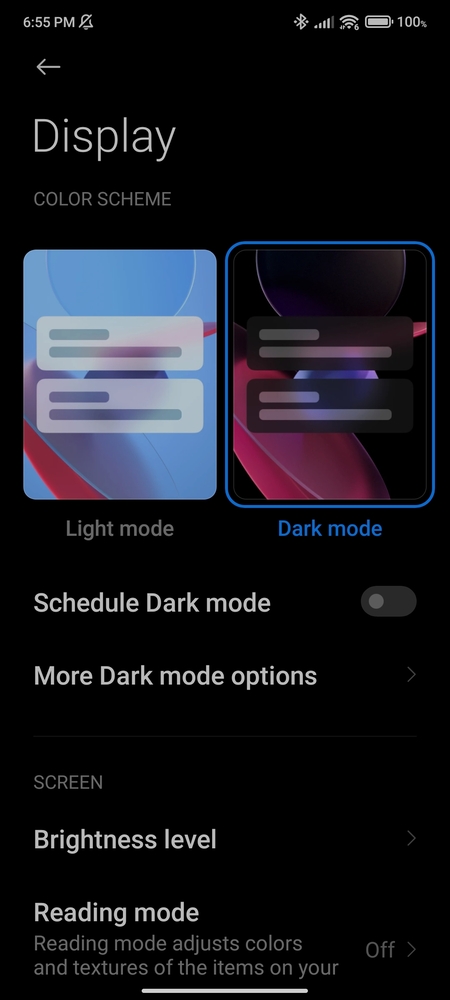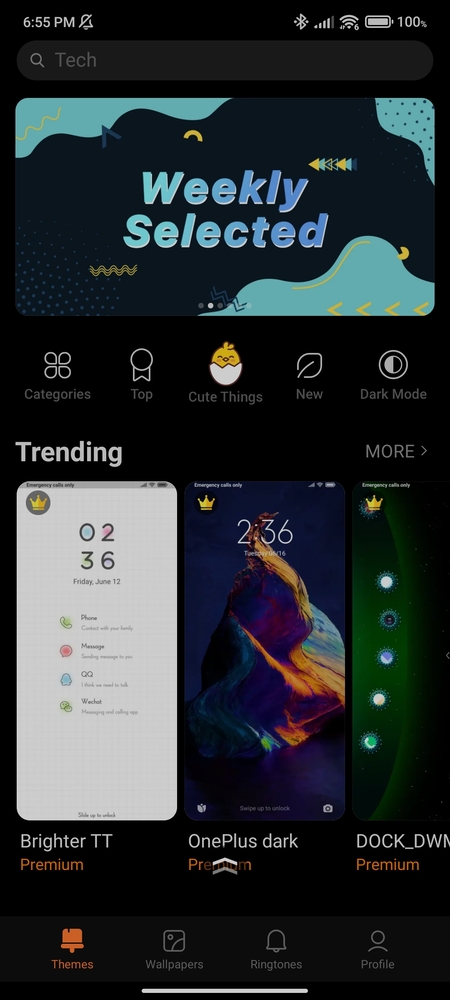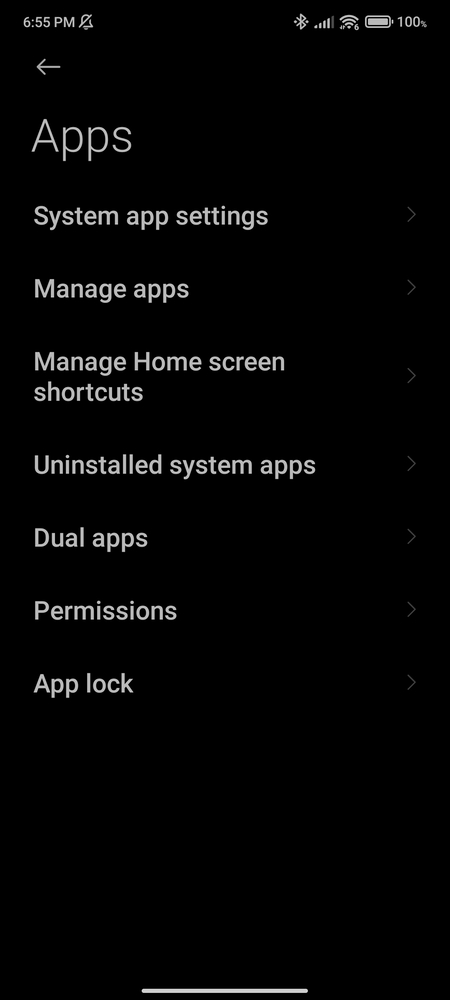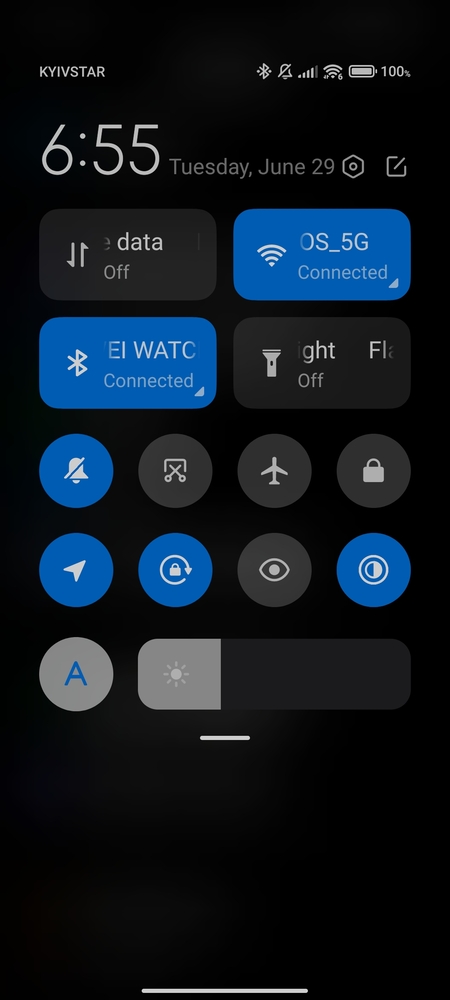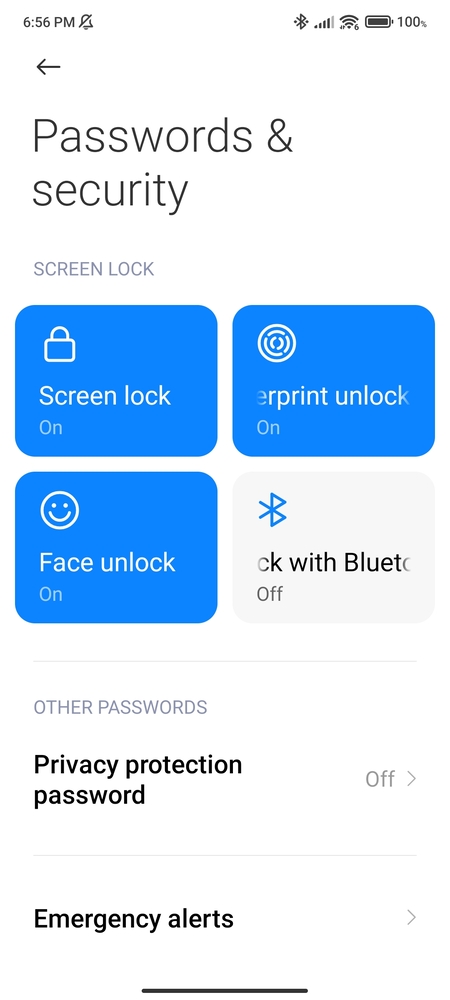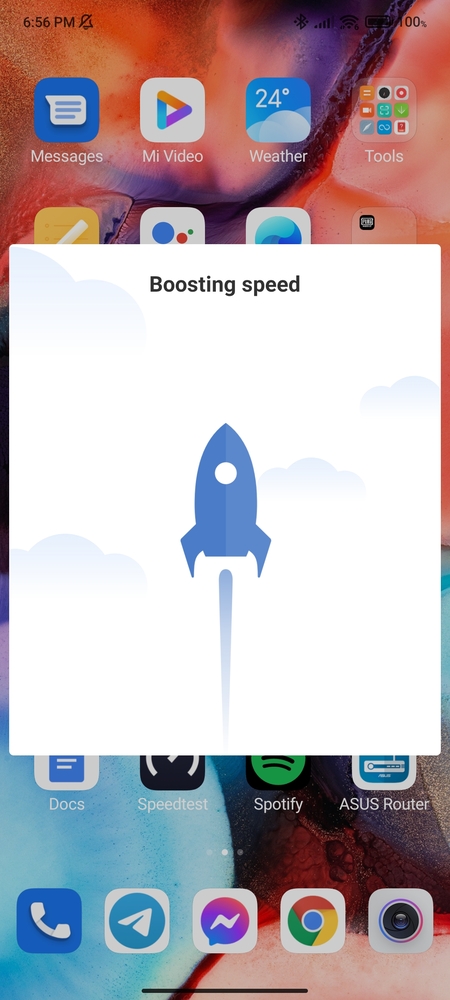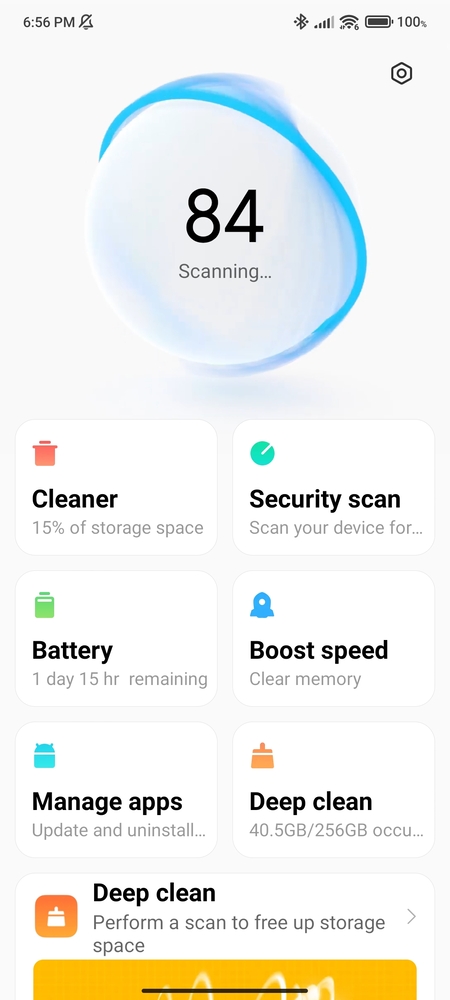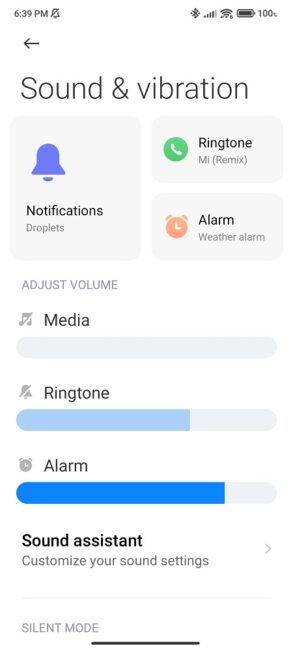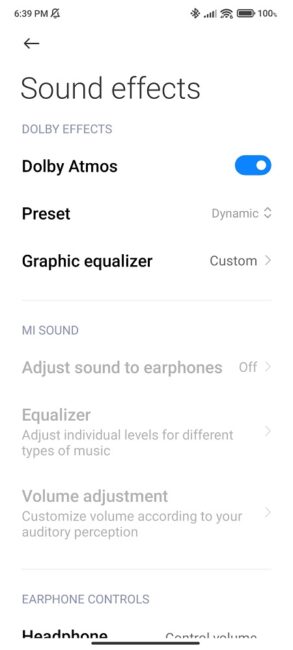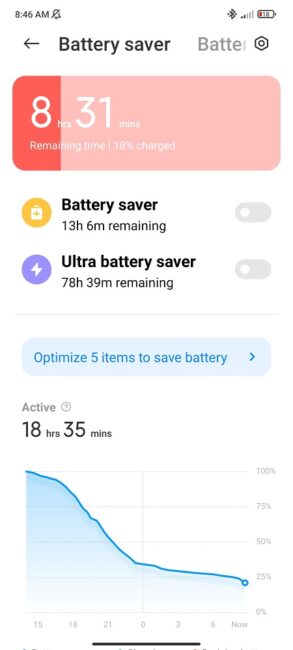The Xiaomi Mi 11i is another affordable flagship from Xiaomi that runs on the new Qualcomm Snapdragon SoC. Is it worth our attention?
Xiaomi has gained its popularity mainly due to the low cost of its smartphones, cheap components and overall features. We are used to the fact that the company’s devices offer good performance and high-quality cameras for reasonable money. Xiaomi fans get modern devices for affordable prices. However, as the company began to develop and separate other brands known to us as Redmi and Poco, it began to pay more attention to more expensive solutions. Prices for the flagship Xiaomi Mi line were increasing, as well as the quality of case materials and components. And not everybody liked that. The release of Xiaomi Mi 11, which my colleague Dmitry Koval reviewed on our site, has already outlined competition in the top league of flagships. But it lacked something. Probably chic and glamour of the Xiaomi Mi 11 Ultra. It had everything you needed to get into the elite of flagship devices. The Chinese company achieved its goal – it got into an elite club, and earned the respect and attention not only of fans, but also of experts.
Simultaneously with the ultraflagship, another representative of this series, the Mi 11i, was presented to the world. It kind of complements the Mi 11 lineup, being a more affordable version. Maintaining the same good quality, the model lost curved screens and underwent some modifications. The question immediately arises: why another flagship in the Mi 11 lineup? Perhaps it is superfluous and will interfere with the sales of Mi 11 and Mi 11 Ultra? Doesn’t the Mi 11 series have too much models already?
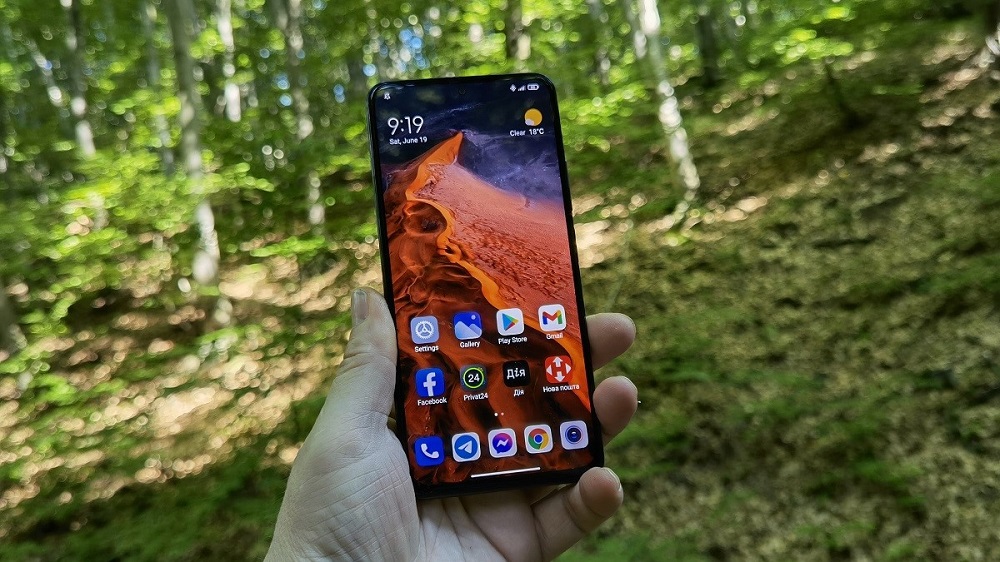
These are the questions I asked myself when I was offered to test the Xiaomi Mi 11i. But I was interested, especially since I was just scheduled a vacation to the Carpathians. I wanted to check my mobile device in quite extreme conditions. I was especially interested in how the smartphone’s camera will work, given that I was hiking high in the mountains, where there are almost no communications and the phone should work all day.
Read also: Xiaomi Mi 11 Ultra review: Powerful Flagship to Shut Up the Skeptics
Low price and good performance
The cheapest flagship from Xiaomi costs in the basic version of 8/128 GB only $640,65, and the 8/256 GB version costs about $677,27. Regarding average prices for devices with the best components, the price is moderate, but of course it is not the cheapest smartphone. Here it is worth remembering ASUS Zenfone 8 and realme GT, which we will also have a review of soon. So, let’s see exactly what Xiaomi Mi 11i offers on paper:
Differences from the Xiaomi Mi 11
It turned out that one small letter in the title could change everything. In the case of Xiaomi’s Mi 11i, the difference between a lighter version of the Chinese brand star line and the “classic” Mi 11 remains quite insignificant. You will get a good enough flagship, which, however, has several issues compared to its predecessor. Thus, the Mi 11i abandoned some specific features, such as the curved WQHD+ screen, in favor of the flat FHD+ panel. In addition, it is a little thinner, lost one speaker and has a smaller battery capacity. But the most noticeable change is the fingerprint scanner. In the Mi 11i, it is integrated into the power button, unlike the scanner in the Mi 11, which was in the screen. Did this affect the sensor and the speed of unlocking the smartphone? Opinions may vary here: someone likes the scanner in the screen, and someone wants it on the case. I personally didn’t notice much difference. You get used to this arrangement quickly. Also, don’t wait for inductive charging or faster wired charging here, and you won’t find a fully waterproof case in this device as well.

There’s almost no difference in everything else. Both flagships received a quality set of cameras, a modern Snapdragon 888 processor, a Super AMOLED screen with a refresh rate of 120 Hz and support for 5G. In simple words, Xiaomi has released a mobile device that meets all the requirements of the modern flagship, but at a more affordable price. It is clear that a cheaper flagship means compromises, and here’s what they look like, we’ll see more further.
Read also: Xiaomi Mi 11 Lite review: an imposter?
Design and quality of assembly
The Xiaomi Mi 11i is a rather thin-looking smartphone, only 7.8 mm, and it weighs 196 g. This thin and lightweight profile makes it quite ergonomic and convenient for long-term use. The phone comes in Cosmic Black, Frosty White and Celestial Silver. I got a black and gray version of Cosmic Black for testing. It’s not a classic black, but rather a graphite color with some greenish shade. The smartphone case has IP53 protection, which means that it is protected from water drops and dust. In the Carpathians, it once was caught in the rain, and it withstood this test with honor. Yes, this is not complete IP68 protection, so I do not recommend you to wash it in running water (I remember the Huawei P20 Pro, which easily withstood such a procedure in the Carpathians), or swim in the sea with it, but there is protection against dust and raindrops.

The first impressions of the Xiaomi Mi 11i are quite good. The device feels well built. We are dealing with a fiberglass sandwich, although plastic is so well coated with polish that it can be mistaken for aluminum. Of course, until the first scratch. All the good impression will be somewhat spoiled by the use of a glossy coating, which is a magnet for all kinds of dirt. Fortunately, a protective case, even the one in the standard set, can come to the rescue here. I didn’t have it, so I felt the presence of fingerprints in full, especially in the woods. The prints appeared literally instantly, but it is true that they are easy to get rid of.
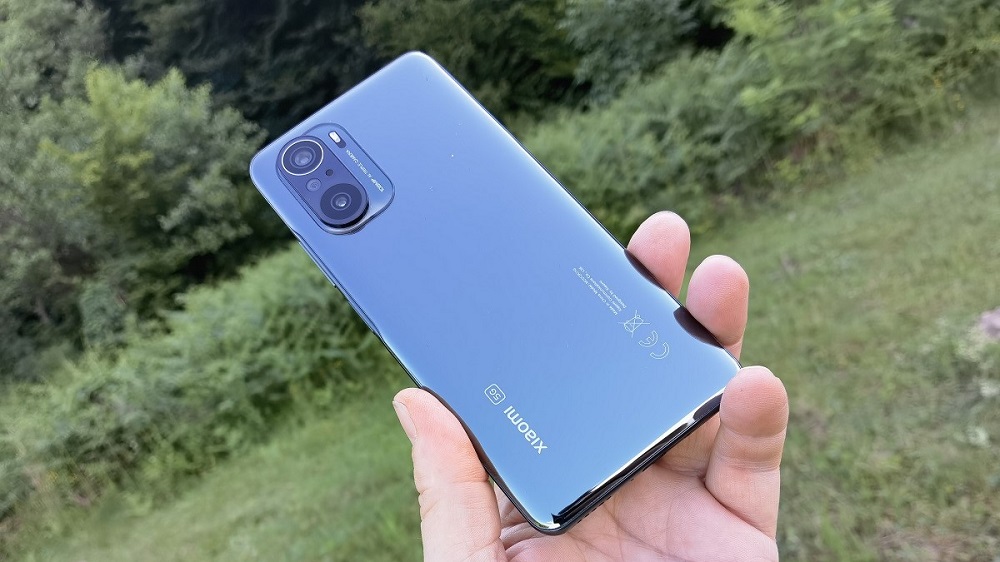
I liked the front of the Mi 11i, largely due to the thin bezels. From above you will see a speaker grille that is part of the stereo system. Below is a very small a selfie camera.
It doesn’t spoil the impression, which is quite surprising, and the Samsung sensor offers acceptable photo quality. The rounded edges remain barely noticeable. They are convenient to work with, especially in horizontal mode (which is good for a smartphone designed for video streaming), and the balance is perfect.

However, the most controversial in terms of design may be the island of the main camera. The Xiaomi Mi 11i has one of the most protruding cameras I’ve encountered lately. The island itself is so large that the phone will never lie steadily on a flat surface. Even on the table, it swings from side to side.

Whatever the surface, the phone will wobble on it. The protective case should come to the rescue here again. Yes, the company wanted to hide it in its own way, but in the end it doesn’t solve the problem much. The protrusion is very noticeable. It is also worth noting that there is an additional directional microphone installed.

The plastic edge is strong enough and looks like it’s made out of aluminum, but over time it becomes clear that it’s plain plastic, although of high quality. On the top there is an infrared port, additional holes for the speaker, and an additional microphone.

And the bottom contains a speaker, a microphone, a USB Type-C connector for charger and wired headphones, and a nanoSIM eject tool. Yes, there is no classic 3.5 mm headphone jack, although this is already the norm for modern flagships. It is also not possible to extend memory with a MicroSD card.

The left edge is almost empty, which adds convenience when using your smartphone.

On the right side we have a volume control button at the top, and just below we have a power button, in which, as I have already written, a fingerprint scanner is mounted. The buttons are located at a comfortable height, have a tangible, pleasant feel to them.

The front and back panels are covered with Corning Gorilla Glass 5 protective glass, which is already becoming almost the standard for modern flagships. This gives the impression of quality. It’s obvious that materials here are not cheap, and even the plastic edge looks durable. The design is very modern, the smartphone is convenient to use in all conditions. Although without a protective case, it’s quite slippery.
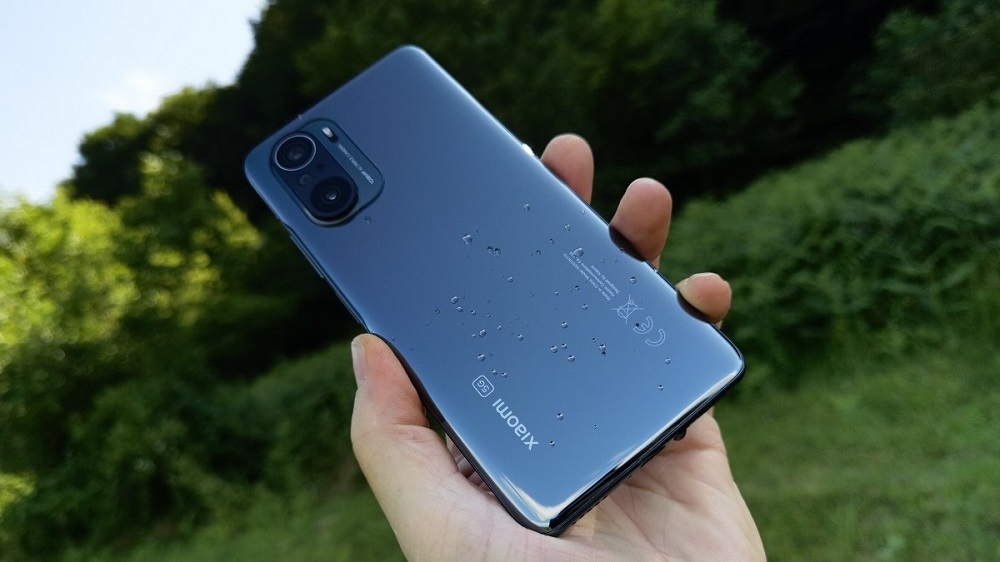
Display and image quality
The new Xiaomi Mi 11i received a 6.67-inch FHD+ Super AMOLED display with a refresh rate of 120 Hz and a sampling rate of up to 360 Hz. The display supports HDR 10+ technology and MEMC.

That is, the display of the Xiaomi Mi 11i is one of Samsung’s most successful solutions (E4) tested on many other models in this series. First of all, it is a very bright screen, which easily reaches a value of 1000 nits. By default, we get a little more than 500 nits, although there’s full HDR support. This mode also enhances colors that by default have no problem with good reproduction of the sRGB palette. DCI-P3 is a little worse, but we have the ability to customize it to suit our needs.
Another positive aspect is the increased frequency. We can make the screen update to 120Hz or stick to the standard 60Hz. However, the smartphone can also run programs at 90 Hz. That is, the smartphone supports AdaptiveSync at 30/60/90/120 Hz. In general, the increased frequency is most noticeable when working with the UI. Most games also adapt to the display capabilities, while media players are locked at 60 Hz.
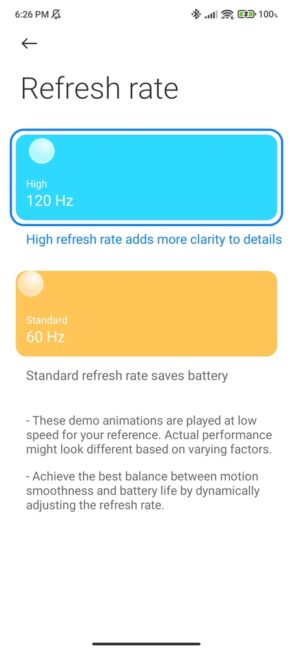
During my two-week testing, it was very nice to use the screen, whether in games, or to watch photos, movies or TV series. I even watched a football match with pleasure. OLED, of course, improves the overall contrast. As for brightness, you can use the screen even under direct sunlight, as the Mi 11i screen offers us up to 870 cd/m2 (achieved during during testing).
You have three color display modes available: auto, saturated and original, which will allow you to restore standard color calibration. In advanced settings, you can customize the color palette. Normal mode has a comfortable 6500K, so the screen is well balanced.
The saturated mode is a little bluish – 7500K. As always, we advise using the auto mode, which adapts the screen temperature to ambient lighting.
Sound contributes to immersion
As for the sound, the Xiaomi Mi 11i lost one of the three speakers that were in the Mi 11, but in return received compatibility with Dolby Atmos. The goal is to provide “more detailed, deeper and realistic” sound through speakers or headphones.
The solution is good, but what about the sound? The balance between the two speakers is well executed, the sound is uniform and contributes to immersion, in particular in shows and movies. In Fortnite, I was able to figure out where my enemies are, just by sound without using stereo headphones, which is an achievement for such a small device.
The quality of sound playback should not be ignored. The Xiaomi Mi 11i stands out for its good bass and great sound. Even more surprising: after connecting my Bluetooth headphones, I was able to enjoy the sound that was a little clearer than usual, with a better separation between different instrumental compositions. Excellent sound, clear and pronounced.
If you listen to music without headphones and start a program that gives sound once (such as a mini-game), the phone transmits sound in the background. Personally, I found this little touch quite convenient, as it enhances the feeling that the running program comes to the fore, and the music turns into a background sound layer.
Photographic capabilities of the Xiaomi Mi 11i
Frankly speaking, I specially took Xiaomi Mi 11i with me to the Carpathians to test its photographic capabilities. And my smartphone didn’t let me down.

By the way, the device uses almost the same set of main camera as the Mi 11. It has three sensors:
- 108-megapixel main (f/1.85)
- 13-megapixel ultra-wide-angle, 123° (f/2.4)
- 5-megapixel macro lens (f/2.2)
The camera app has many options including Pro mode, dual video mode, 108MP mode, and the like.

The main 108-megapixel sensor meets expectations provided that the lighting is correct. We get photos with beautiful details, wide tone range and good exposure. Although they may seem a little dull in some situations, it is certainly due to the fact that our eyes are used to more aggressive colors. In fact, the palette chosen by Xiaomi maintains the realism of the image, while emphasizing the blueness of the sky or the greenery of the trees, as can be seen in the photos below.
The ultra-wide-angle mode did not disappoint. Its 13MP sensor may be less equipped than the main sensor, but it offers correct visualization.
From the above scenes, we can already see that the ultra-wide does its job, as it allows you to shoot a wider scene. There is deformation caused by this type of sensor, although it is very insignificant.
At night, Xiaomi Mi 11i tries to capture as much light as possible, which slightly harms the realism of the scene. The advantage is that even at night, in low light, you can count on good level of exposure. However, this still leads to certain issues: the lights are usually overexposed, the sky in more lit places is blue, in some places is dim, and the next photo may be blurred due to lack of necessary exposure time.
The 108-megapixel mode displays much more details than usual. In the example below, if you look closely, you can find that in version 108 MP the images are not only much less pixelated, but we also get a better sense of the depth of the scene. There is a real difference in processing between normal mode and 108 megapixel mode. Colors are usually less pronounced in the 108-megapixel version.
Macro mode is hard to find, as is often the case with Xiaomi devices. Instead of placing it in the additional menu on the right of the screen, it was placed in the upper right corner, which is not very convenient.
A shame, especially since it belongs to a very closed club of quite effective macro cameras. You get a very clean result that fully justifies the presence of this special lens.
ORIGINAL PHOTOS AND VIDEOS IN FULL RESOLUTION
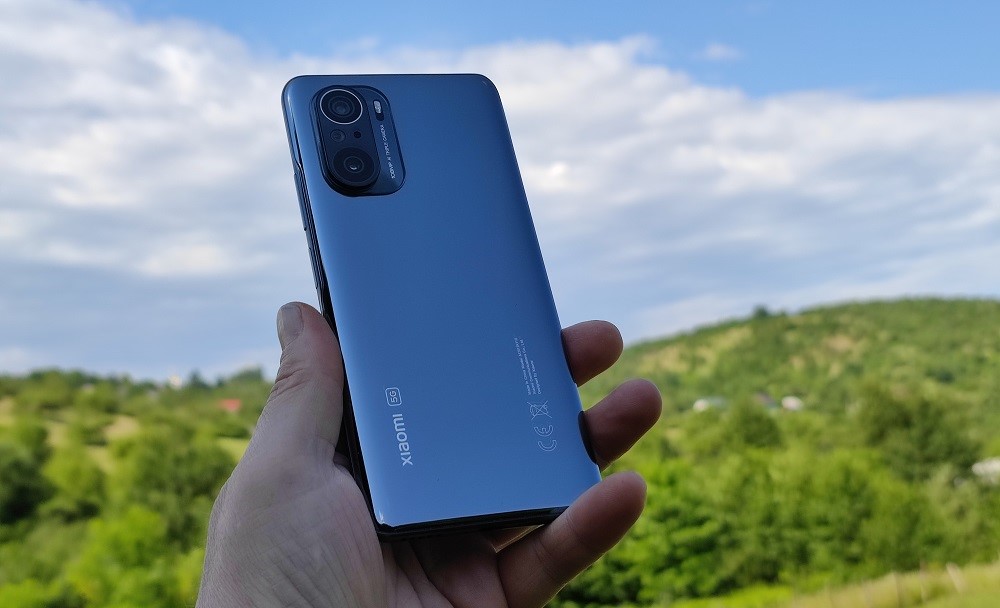
The main camera can shoot 8K video from 30 fps or 4K to 60 fps. Stabilization is good, but it is still quite far from the capabilities of Huawei, Samsung, and vivo flagships. But there’s progress, and that’s good.
The Mi 11i features a 20-megapixel selfie camera with an aperture of f/2.45.

Selfies are excellent in daylight, but not everything is as good at night.

Snapdragon 888 software and performance
Xiaomi Mi 11i is one of the most affordable smartphones based on the flagship Qualcomm Snapdragon 888 chipset. The processor offers 8 GB of LPDDR5 RAM and up to 256 GB of UFS 3.1 storage. Note that there is no way to expand the amount of memory, so you will have to choose between 128 or 256 GB. If you take a lot of photos and shoot videos, I would advise you to spend more and buy a 256 GB option.
Of course, the flagship Snapdragon 888 processor is quite capable. It is quietly coping with everyday tasks, including social networks, streaming video on the Internet and playing games. Even with more than a dozen programs running in the background there were no freezes. The smartphone is very fast and… hot. Yes, the heating problem in the Xiaomi Mi 11i is noticeable. This is really the only inconvenience I can note in terms of performance. This was especially evident during the tests. Although I was surprised that when I shot video in 8K, I didn’t feel a strong temperature increase.
As for games, I played my favorite Genshin Impact, Forza Street and Alto’s Odyssey on Mi 11i. The gameplay was smooth in all three, but the phone heated up a little after about 30-40 minutes of constant play. Moreover, if you turn on the 120Hz refresh rate, the battery level drops quickly.
As for the software, the Mi 11i out of the box runs on the MIUI 12, developed on Android 11. I got my device already with an upgrade to MIUI 12.5. Frankly speaking, I expected bugs with the shell, but I was pleasantly surprised that they were almost gone. I’ve heard a lot that Xiaomi smartphone users had problems with the display and the overall operation of the device. But I didn’t feel it all. Xiaomi Mi 11i worked great. It withstood hiking in the mountains and working with mobile network, which sometimes can be nonexistent in these places.

Now I’ll tell you about my impressions of MIUI 12.5. Yes, you need to get used to Xiaomi’s own shell, only then do you start feeling the advantages. I tested the Mi 11 Ultra, which was still running on MIUI 12, so let me tell you what has changed compared to the previous version of the software.
The first and very significant improvement is not only the optimized design, but also the high speed of the MIUI environment itself. The company says that “optimization of the new environment will reduce the processor load in system programs by up to 22% and the battery by up to 15%”.
At this stage, the developers have also managed to achieve greater performance for other processes, which significantly speeds up all the system and extends operation from one charge. I have not experienced any delays in 120Hz or 60Hz mode, all functions, including the camera, worked immediately. The new notification center is also smooth, navigation is convenient.
Animation and gestures in the system have also taken a step forward. It is important to say here that MIUI 12.5 is quite convenient to use gestures, unlike the previous version, where there were sometimes problems with it.
New cool wallpaper is a very impressive visual improvement in terms of design. The first live wallpaper in several versions has already appeared in MIUI 12. They are characterized by exquisite animations both on the lock screen and on the home screen, and thanks to the optimization of the MIUI 12.5 system, they are even faster and smoother.
But there are still many duplicate apps, and also annoying are constant attempts to force cleaning or acceleration of the smartphone. Yes, it is possible to disable them, but from the point of view of the average user it is really annoying.
There are changes, and significant ones. The shell itself increasingly seems to be an iOS sublimation, but it still feels unique enough. Although I still like EMUI better.
Sufficient battery life and fast charging support
The Xiaomi Mi 11i is equipped with a 4520 mAh battery with support for 33W fast charging. It’s a slightly smaller battery than the “classic” Mi 11, but it’s bigger than the one in the Samsung Galaxy S21.
To be honest, I was very worried about battery life. On the first day of hiking in the Carpathians, I even took a power bank with me, thinking that the smartphone will die on me in the most inopportune moment. The fact is that due to altitude differences in the mountains, there is often no mobile communication, so the smartphone is constantly in search. Of course, this has a significant impact on its battery life. But my surprise had no limit when after almost 9 hours of photo and video shooting, finding a connection at an altitude of 1900 m, my Xiaomi Mi 11i showed another 35% charge at home. That meant he could be trusted. I even managed to watch Ukraine – North Macedonia in the mountains. After 90 minutes of the match, Xiaomi Mi 11i lost 47% of the charge, but it’s worth it.
The model in question is not a record holder, but it’s more than good enough. Also, I can’t say anything exact about charging options because I didn’t have a Xiaomi charger. I used a device from Huawei Mate 40 Pro, but still the charging process never took longer than an hour.
A small disadvantage is that Xiaomi Mi 11i does not support wireless charging.
Should you buy the Xiaomi Mi 11i?
I confess that even during the presentation of Xiaomi Mi 11i, I frankly did not understand who this smartphone was for. I still don’t fully understand the motives of the Chinese company.
Someone will say that Xiaomi itself confused the names of its smartphones, sometimes releasing clones of its own devices. There may be a grain of truth in it, but sales are growing, and the loyalty of fans is just off the charts. It’s only surpassed by Apple’s fans. Experts criticize the company for trying to find a compromise in prices, sometimes cheapening the devices. They are right, but sales and popularity once again indicate that the developers of the Chinese company are on the right track. How long will it work? There are more questions than answers here. Other manufacturers also do not sleep, offering competitive devices, sometimes even better than Xiaomi products.

Undoubtedly, Xiaomi Mi 11i is a good, inexpensive flagship. The company managed to create a smartphone that combines strong components, good multimedia solutions (display, speakers) and a decent main camera. As always, software is a controversial issue and everyone should form their own opinion. Will overheating be annoying? Potentially yes, if more and more apps use the full potential of the flagship chip. Only this will not happen too soon, as the power of the processor will be enough for years to come. The only thing I would recommend is to choose a matte version of the case. The glossy surface is beautiful and pleasant, but for a short time, until the first contact with the fingers.
One thing is certain: Xiaomi Mi 11i is a flagship smartphone that will remain relevant for many years to come.
Read alsoi: Xiaomi Mi 11 Lite review: an imposter?

Subscribe to our accounts:
